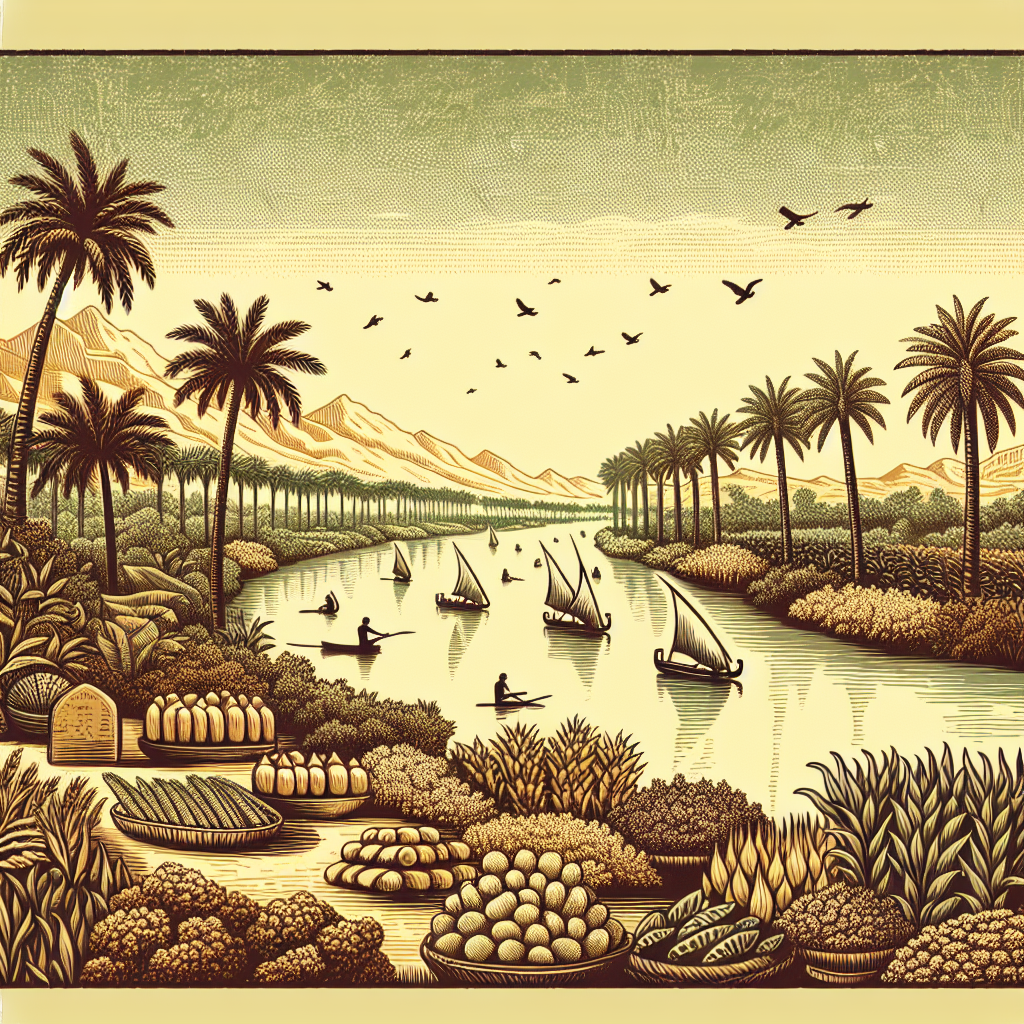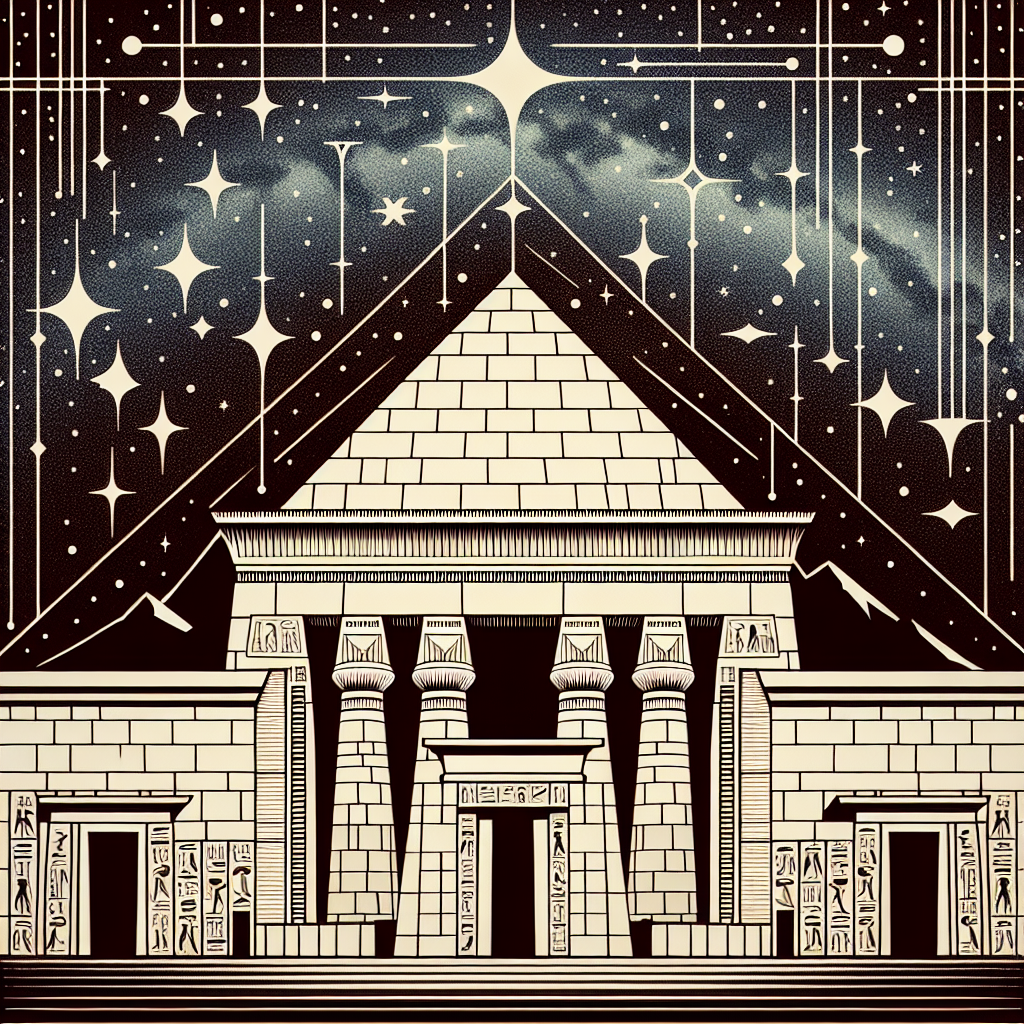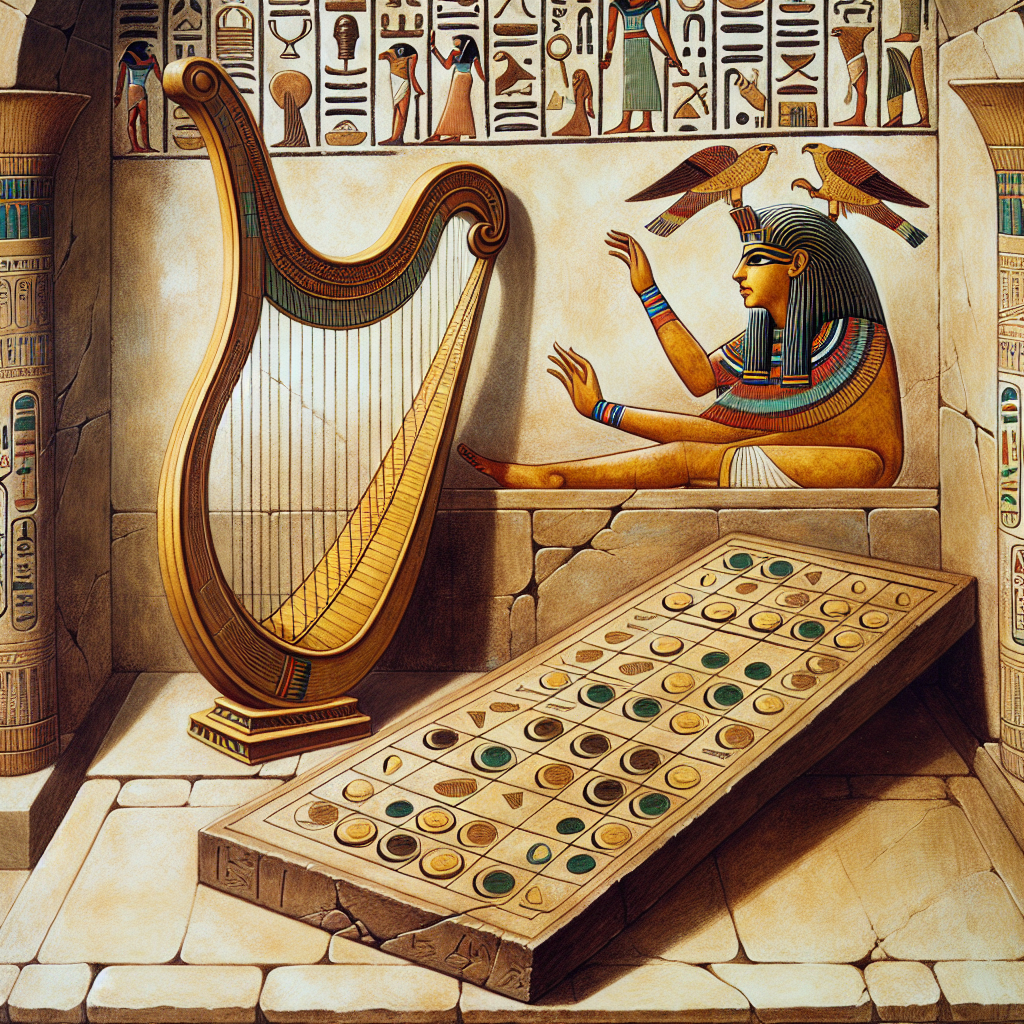Stepping back to 800 BCE lands you in the land of the Pharaohs, ancient Egypt. Embark on a journey through a civilization that is staggeringly different from your own but echoes some familiar aspects of human culture. This virtual trip reveals the complexities of Egyptian society and highlights elements that resonate with contemporary norms and values.
Understanding Ancient Egypt in 800 BCE
In 800 BCE, Egypt was a world defined by social structures and environmental conditions. The Nile River was the economic heartbeat of the land, with its annual floods nurturing the soil for agriculture which sustained the civilization. You would witness a society where pharaohs were considered semi-divine rulers, with their word as law, and their authority absolute. Astrology played a critical role in decision-making, guiding agricultural planning to temple construction. Shaw’s “The Oxford History of Ancient Egypt” offers an extensive look into the social hierarchy of this era, placing the pharaoh at its pinnacle.


Experiencing the Might of Pharaoh’s Rule
Confronted with the Pharaoh’s rule, you would grapple with disbelief at such concentrated power. The governance of ancient Egypt contrasts with modern democratic ideals, as it was ruled by a believed living god. The signs of this power were evident – towering pyramids and colossal statues stood as guardians over an empire.
Living with the Nile’s Rhythms
Daily life would be intricately tied to the Nile River. Anxiety may set in as you consider the dependence on its annual flooding; too little water meant famine while too much could bring destruction. Kemp’s “Ancient Egypt: Anatomy of a Civilization” highlights how crucial these floods were, shaping both economy and calendar. The river’s inundation was celebrated religiously as it signified rebirth and life itself.
Consulting the Stars for Guidance
Astrology would be essential for planning and foresight. Decisions relied on celestial movements rather than concrete data or technology. Its cultural significance was profound; temples aligned with stars to reflect divine order on earth.


Jewelry as Status Symbols
Exploring ancient Egyptian attire, you’d notice that jewelry signified one’s social status. Goldsmiths used precious materials like gold and gemstones – materials still prized today. Vogelsang-Eastwood’s “Pharaonic Egyptian Clothing” details how jewelry served as a status symbol.


Music and Games Across Ages
Music was an integral part of life – a universal language bridging gaps between eras. Instruments like harps and flutes echoed melodies that once filled banquet halls, similar to music in modern-day celebrations. Games provided entertainment; board games like Senet were enjoyed by many, not unlike contemporary board games found in homes today.


References:
- Shaw, Ian “The Oxford History of Ancient Egypt.” Oxford University Press, 2000.
- Kemp, Barry J. “Ancient Egypt: Anatomy of a Civilization.” Routledge, 2006.
- Vogelsang-Eastwood, Gillian “Pharaonic Egyptian Clothing.” Brill, 1993.
- Manniche, Lise “Music and Musicians in Ancient Egypt.” British Museum Press, 1991.

